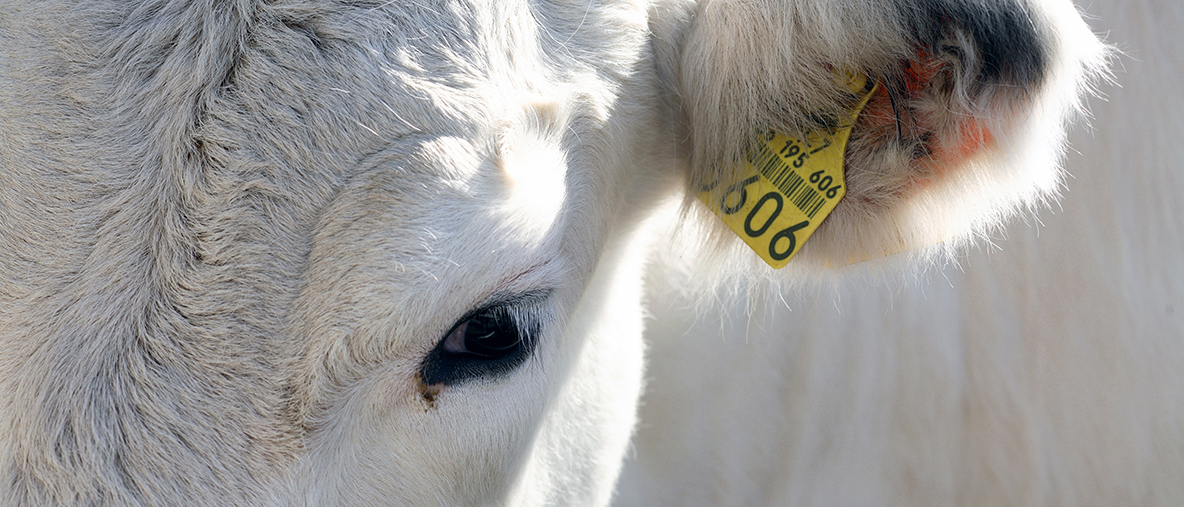S. aureus originated in humans, jumped back and forth between livestock
Humans were likely the original source of Staphylococcus aureus, which jumped back and forth between people and livestock over thousands of years, leading to epidemic strains of the bacterium and facilitating its resistance to antibiotics, according to results from a genomic study published in Nature Ecology & Evolution.
J. Ross Fitzgerald, PhD, chair of molecular bacteriology at University of Edinburgh’s Roslin Institute, and colleagues called the ability of some pathogens to jump between host species “a major threat to public health and food security” and noted that S. aureus "is a multi-host bacterial pathogen responsible for important human and livestock diseases.”
“Many new pathogens emerge following zoonotic or anthroponotic events, providing the opportunity for spread within a new host population,” they wrote. “S. aureus is considered a generalist bacterial species capable of colonizing a wide range of hosts. However, the species is composed of distinct sublineages that are commonly associated with particular hosts or host groups.”
To explore the evolutionary history of S. aureus, specifically at the human-animal interface, Fitzgerald and colleagues sequenced whole genomes of the bacterium, collected from both animals and humans, to study DNA changes that helped it adapt to different host organisms. They included 800 isolates in their analysis, representing 43 different host species.
Based on the analysis, they determined that humans were likely the original hosts of S. aureus and that multiple cross-species transmission events occurred over the past 5,000 to 6,000 years, with cows being the main animal source responsible for the emergence of epidemic clones in the human population. They said the findings were reflective of the historical period when humans began to domesticate animals for farming.
“Our data provide a high-resolution view of the capacity for a model multi-host pathogen to undergo radical changes in host ecology by genetic adaptation,” Fitzgerald and colleagues concluded. “Investigation into the functional basis if these genetic changes will reveal key host-pathogen interactions that could be targeted for novel therapies. Furthermore, the identification of the common routes for S. aureus livestock-human host-species switches and distinct types of antimicrobial resistance in humans and livestock species could inform the design of more effective farm security and antibiotic treatment practices to limit the emergence of new resistant clones.” – by Caitlyn Stulpin
Disclosure: The authors report no relevant financial disclosures.


